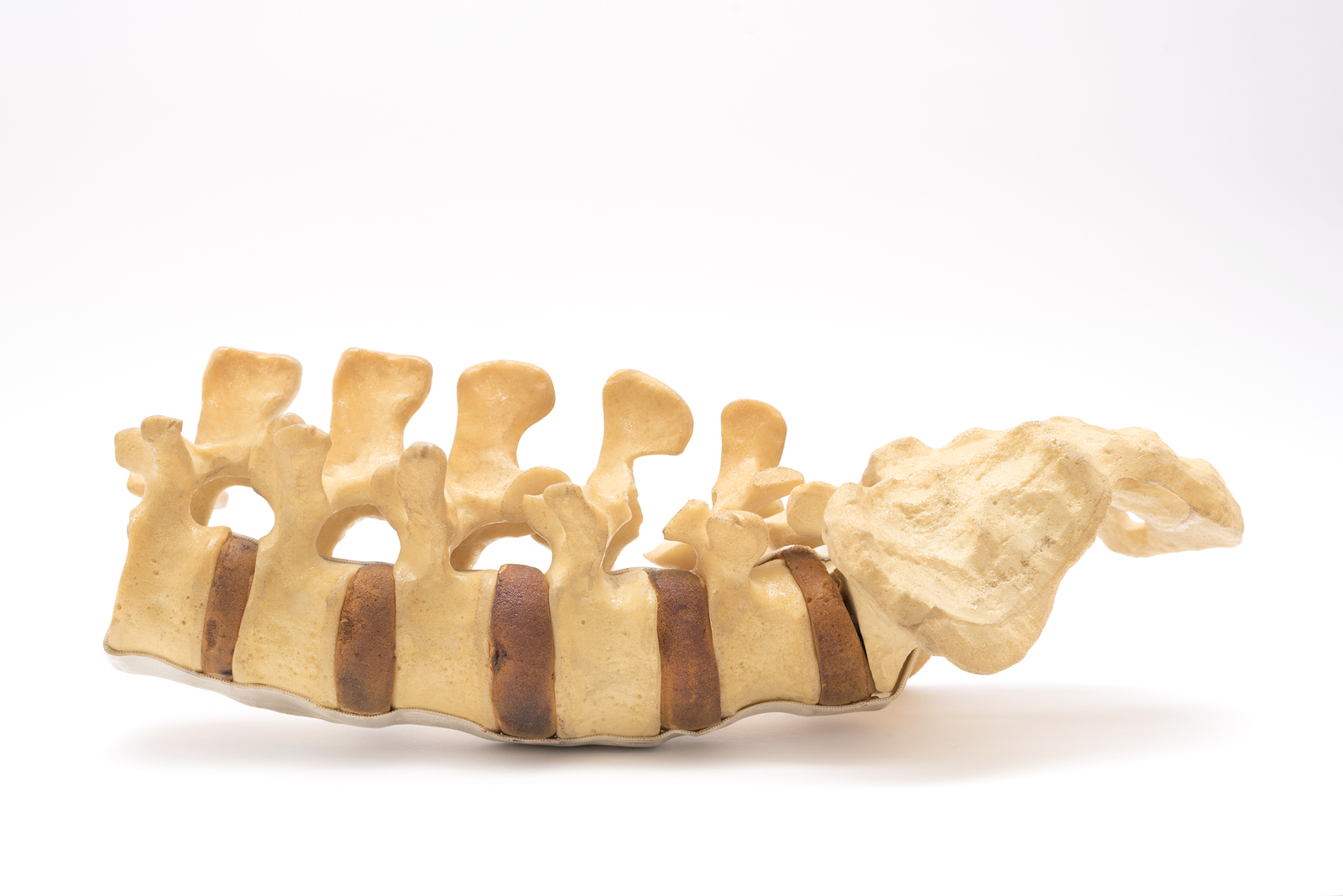
Previous studies found that the intervertebral disc (IVD) experiences the greatest loads during spinal manipulation therapy (SMT). Based on that, this study aimed to determine if loads experienced by spinal tissues are significantly altered when the application site of SMT is changed.
A servo-controlled linear actuator provided standardized 300 N SMT simulations to six different cutaneous locations of the porcine lumbar spine: L2-L3 and L3-L4 facet joints (FJ), L3 and L4 transverse processes (TVP), and the space between the FJs and the TVPs (BTW). Vertebral kinematics were tracked optically using indwelling bone pins; the motion segment was removed and mounted in a parallel robot equipped with a six-axis load cell. Movements of each SMT application at each site were replayed by the robot with the intact specimen and following the sequential removal of spinal ligaments, FJs and IVD. Forces induced by SMT were recorded, and specific axes were analyzed using linear mixed models.
Analyses yielded a significant difference (p<.05) in spinal structures loads as a function of the application site. Spinal manipulative therapy application at the L3 vertebra caused vertebral movements and forces between L3 and L4 spinal segment in the opposite direction to when SMT was applied at L4 vertebra. Additionally, SMT applications over the soft tissue between adjacent vertebrae significantly decreased spinal structure loads. Applying SMT with a constant force at different spinal levels creates different relative kinetics of the spinal segments and load spinal tissues in significantly different magnitudes.
No comments:
Post a Comment